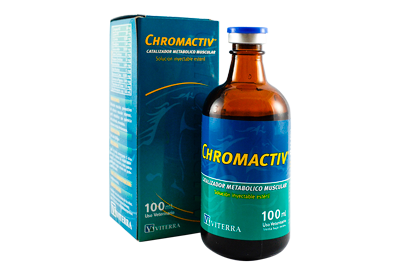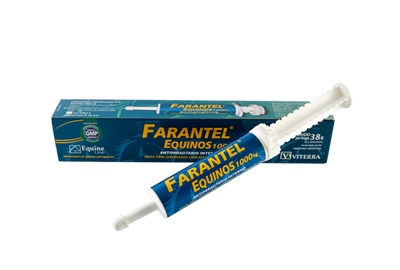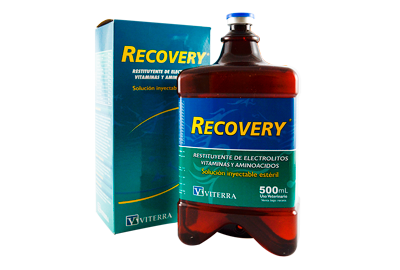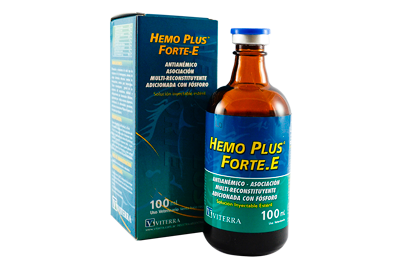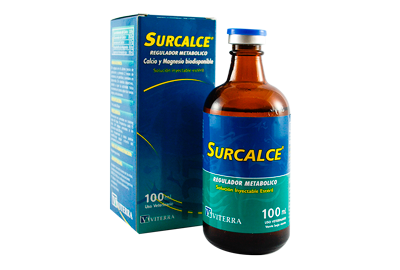Investigation
Vitaprofeno Forte
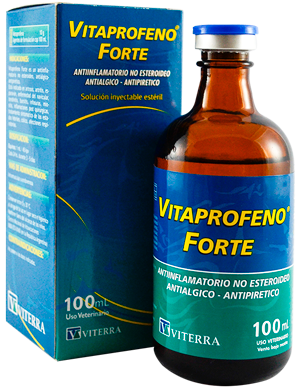
Field Test for Vitaprofeno Forte®
Introduction
Inflammatory processes can be specific or non-specific like those which are
commonly observed in sport horses after exertion. These non-specific post-
exertion inflammatory processes basically settle in the large muscular
masses (myositis) and/or in the ligaments and tendons of the legs (desmitis
and tendinitis respectively). These processes show themselves, in the
majority of cases, by just an increase in the sensitivity to pain and with a
blood biochemistry which is characterized by an increase in plasmatic
fibrinogen (the protein in the acute phase of inflammation) and the muscular
enzymes, creatine kinase (CK), aminotransaminase asparatate (AST) and
lactate dehyro-genase (LDH). The increase in the plasmatic concentration of
these enzymes can occur as a consequence of a muscular injury or as a
consequence of an increase in the permeability of the membrane at muscular
level because of the lowering of the pH. In the latter case, the increase is
transitory.
Objective
To assess the anti-inflammatory effect of Vitaprofeno in horses which
undertook a test of maximum effort.
Materials and Methods
Animals: Four horses were used, three fillies and one colt between 2 and 3
years old, three being Arabs and one Anglo-Arab. All the horses undertook
the same training programme, were stabled and received the same food
based on alfalfa hay (4kgs per day) and oats (3kgs per day).
Exercise Test:
This started off with a pre-warming phase of 1min at 1.7m/s and at trotting
speed 4min. at 4m/s without a slope. Then the test itself began with
successive stages increasing by 1 min. with 6% slope from 5m/s until fatigue
was reached (the moment when the horse can no longer maintain the
stipulated race speed). Lastly the recuperation stage which was made up of 4
min. of trotting at 4m/s and 1 min. at 1.7m/s, again without a slope.
Equipment
So as to carry out the exertion test an ergometric treadmill Kagra brand
Mustang 2200 model was used. The enzymograms (CK and LDH) and the
measurement of the plasmatic fibrinogen were done with an automatic
analyzer Aeroset Abbot brand.
Experiment Design
A Latin square was used. The horses were divided into 2 groups of 2 animals
and they were tested as controls and as treated animals with a 10-day
difference between each test. The administering of Vitaprofeno in the treated
group was done 30 min. post-test. The blood samples were obtained through
vein puncture in the jugular vein at 8 a.m. (basal sample) and at 6, 12, 24
and 48 hrs post-exercise test.
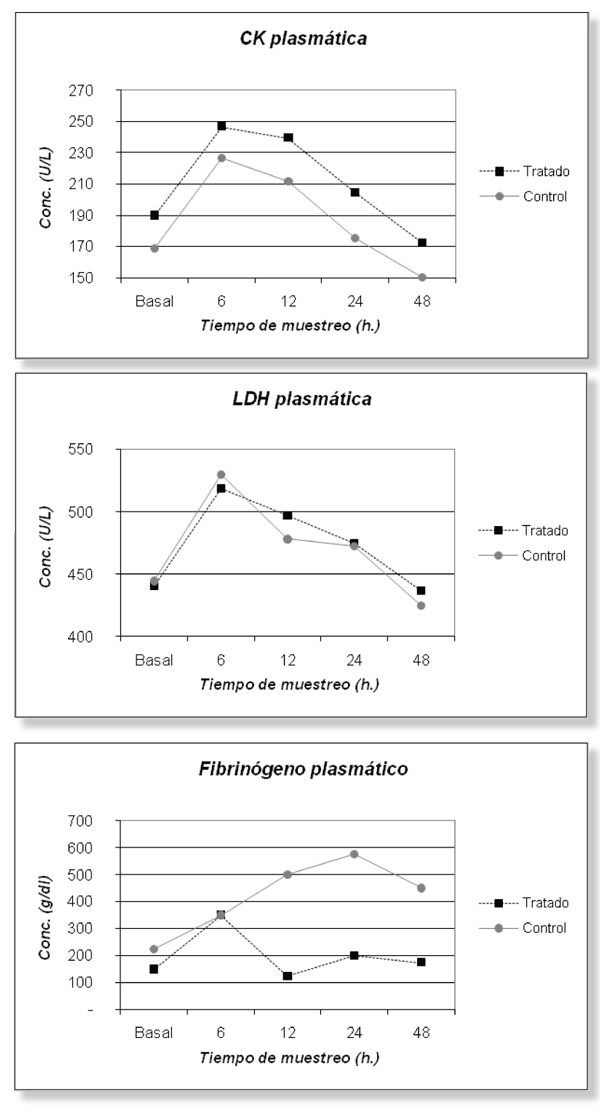
Results
The plasmatic CK of the treated and the control group respectively, as Figure
1 shows, had an increase which showed itself with a maximum concentration
at 6hrs post-test, to then begin decreasing and to reach basal concentrations
between 24 and 48 hrs post-test. The concentration of the control group did
not show a greater increase in percentage terms over the basal concentration
because the basal concentration of the treated group is greater than the
concentration of the control group. To conclude, it is important to point out
that the maximum concentration observed of this enzyme in both groups
never rose above the maximum reference values for the same (up to
250U/L)
The LDH, the other enzyme used as an indicator of muscle injury, showed a
behaviour similar to that observed with the CK. That is to say, the maximum
concentration in both groups was observed after 6 hrs, to then continue
decreasing to basal concentration after 48hrs. This enzyme is characterized
by its high molecular weight, in being the indicator of muscular injury when
the concentration maintains a higher level after the first 48hrs post-exertion.
Therefore, if, indeed, there is an increase 6hrs post-test, the concentration
post-48hrs shows, the same as that shown by the CK within the 24hrs post-
test, the absence of muscular injury.
The plasmatic fibrinogen, which is the protein which indicates acute
inflammation, shows a different behaviour from 6hrs post-test onwards. That
is to say, there is an increase post-6hrs in both groups which goes above the
reference values (up to 200g/dl) as a consequence of the maximum effect of
Vitaprofeno not being felt in the treated group. And then, while the control
group continued increasing the concentration, in the treated group, now
under the effect of the drug, the concentration of fibrinogen was reduced to
basal values (within the reference values) and maintained the same values
throughout the sampling period. On the other hand, table 1 shows how the
control group, with the administering of Vitaprofeno, has a high standard
deviation resulting from the big individual variation to the exercise test, while
the treated group, due to the effects of the anti-inflammatory medicine, show
greater uniformity in the results.
To conclude, although the test exercise did not manage to create muscular
injury, the transitory increase in the concentration of the enzymes CK and
LDH due to the increase in the permeability of the membrane of the muscular cells as a consequence of the acidosis produced by the exercise, indeed
produced an acute inflammatory non-specific process mitigated by the
application of Vitaprofeno.
Other investigations
Official Certificate N°013-2016 emitted by SENASA
GMP - Good Manufacturing Practice for Veterinary Drugs
Viterra
Contact
- (+54 11) 4855 9410
- info@laboratoriosangroinsumos.com
- Caldas 175, Capital Federal, Buenos Aires, República Argentina

